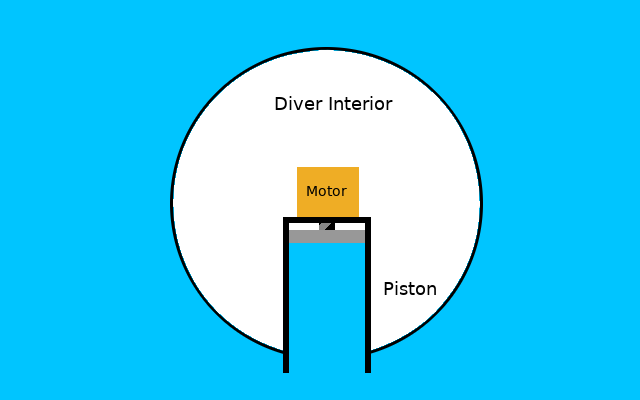Recently, me and my dad were discussing the theoretical design of a small homemade submarine. Lets assume that it is a hollow acrylic sphere with a radius of around 25cm. The radius would likely need to be adjusted to meet certain requirements, like a certain depth at which the submarine should float, but that is mainly what this question is about... Inside, there would be electronic components like a camera and some type of system for relaying the information generated, so that it could be observed.
Assuming that the depth of the submarine is controlled by relative density of the submarine itself, compared to the surrounding water, how would the submarine need to be designed to reach a certain target depth? That would probably be dependent on the weight of the submarine and the volume of air inside the hollow area, right?
What would be the most effective system for bringing the submarine back to the surface? I read that real submarines use compressed air to achieve this. Would that be the best way to do it in such a small system like this one or would there be a simpler more energy efficient way, like a propulsion system?
Thanks!



